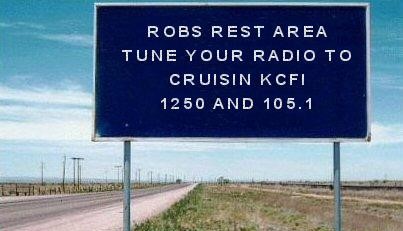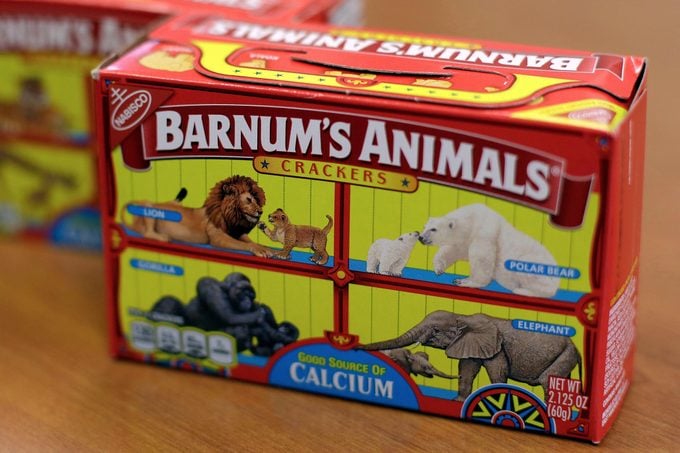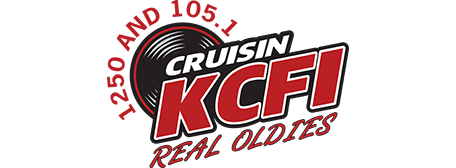Animal Crackers. The snack, not the movie or song.


1. Animals crackers originated in England. There they are called animal biscuits. They have been made since the 1800s, and after gaining so much popularity over in England, Americans wanted to try them too so bakers started experimenting with their own recipes.
2. There have been 54 different kinds of animals in total. The current animals included in every box are tigers, cougars, camels, rhinoceroses, kangaroos, hippopotamuses, bison, lions, hyenas, zebras, elephants, sheep, bears, gorillas, monkeys, seals, and giraffes.
3. Animal crackers are the name of the snack, not a particular brand. In the U.S., several different companies produce animal-shaped treats. The first was Stauffer Biscuit Company in 1871. They still use their original recipe.
4. Nabisco was the first to sell the crackers in boxes. In 1902, Nabisco started to sell, what they call, Barnum’s Animals. They were based off of the very popular circus put on by P.T. Barnum. The boxes had pictures of the animals and looked like the trains the circus used to transport the animals in. Before this, the crackers had only been sold in bulk from a barrel.
5. They are still a profitable snack. Today, over 40 million packages of animal crackers are sold around the world every year and distributed to 17 different countries.
6. Animal crackers have their own day. It’s April 18.
7. They were once a great bargain. In 1902, one box was sold for 5 cents. Today, they are still a great treat to pick up at a low price, with one box going for around one dollar.
8. There is a reason for the string on the box. It was originally intended to be used to hang the box as an ornament on a Christmas tree. But now, it’s a convenient way for toddlers to tote around their snack.
9. A lot of string is used. Around 8,000 miles’ worth of string is used every year!
10. The most recent animal added to the collection, a koala, was chosen through a contest. In 2002, to celebrate their 100th anniversary, Nabisco had a contest to choose the next animal they were going to add. The koala beat out the penguin, cobra, and walrus.
11. The monkey is the only animal that wears clothes. No one knows why, but the monkey is the only animal wearing clothes. He has on a pair of pants.
12. Shirley Temple famously sang about animal crackers. In the movie, Curly Top (1935), Shirley Temple sang a song called “Animal Crackers in My Soup.” However, she incorrectly sang about them, singing, “monkeys and rabbits loop the loop.” Rabbits have never been one of the 54 animals made into crackers. The song still went on to be popular with Nabisco; they used it in their commercials for many years.
_______________________________________________________________________________________________________________

And, since I’m on a tear about special days, it is also Velociraptor Awareness Day, so why not take a look at these fascinating creatures –
1. Velociraptor Wasn’t Much Bigger Than the Main Dish on Thanksgiving.
Turns out, the snotty kid in the first Jurassic Park who called Velociraptor “a six-foot turkey” was spot-on. Its body was about the same size (including a meter-long tail) and full-grown adults probably weighed 30 to 40 pounds. Pass the gravy!
2. Those Infamous Toe Claws Weren’t Built for Slashing.
Thanks to his research, scientists now think that dromaeosaurs instead turned their toe claws into gripping gear. After a raptor leapt onto some poor creature’s back, these things could have helped it hang on like an ancient rodeo champ long enough to bite open its prey’s throat.
3. So Far, We’ve Discovered Two Species.
4. There’s a Good Chance That Velociraptor Occasionally Climbed Trees.
Eighty million years ago, you might have been just as likely to get pooped on by a tree-bound dromaeosaur as maimed by one on the ground. A few paleontologists claim that Velociraptor’s toe claws could help it scale barky trunks—and bigger dinos—with relative ease. Just imagine a few of them perched on some Mesozoic branches.
5. Two Velociraptor-Like Skulls Were Found in a Different Dinosaur’s Nest.
6. Velociraptor Would Eat the Occasional Flying Reptile.
Long before birds came along, winged creatures called pterosaurs already soared through the skies. Airborne relatives of the dinosaurs, these beasts could reach tremendous sizes, with some species rivaling present-day giraffes in height. In 2012, scientists discovered a banged-up pterosaur bone lodged inside one Velociraptor’s ribcage. With an estimated 6- to 9-foot wingspan, this flyer was no pushover. According to paleontologist David Hone, a small dino like Velociraptor would have found attacking that kind of target “difficult and probably even dangerous.” Instead, the bone was “most likely scavenged from a carcass rather than the result of a predatory kill.”



